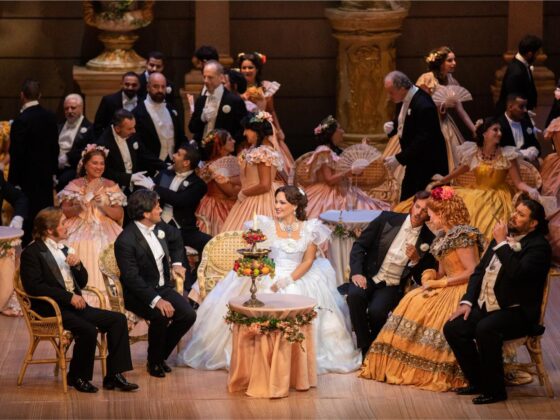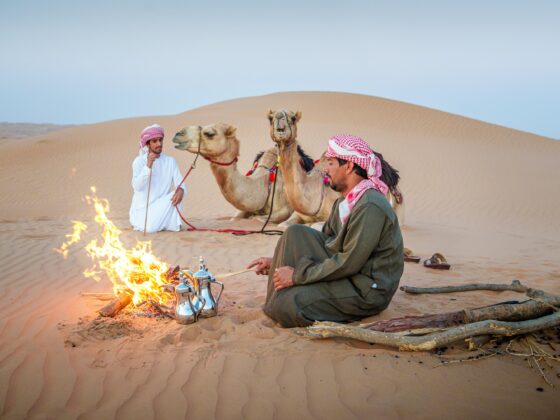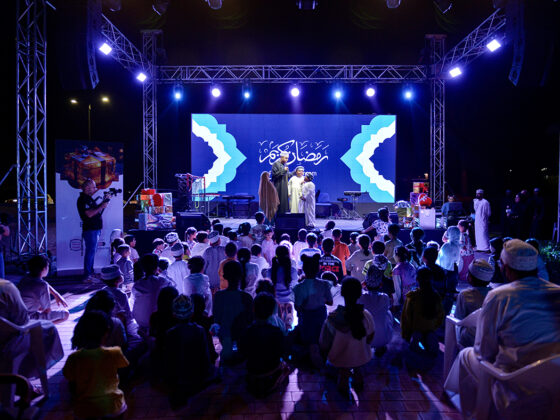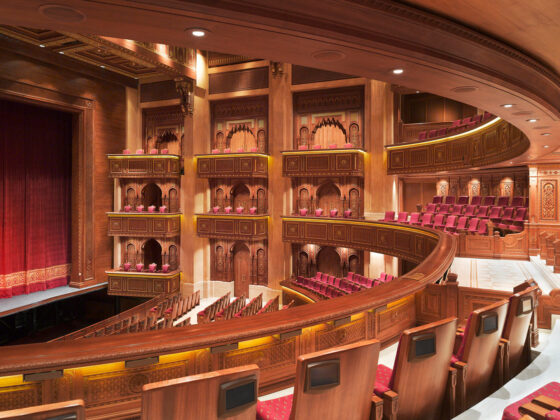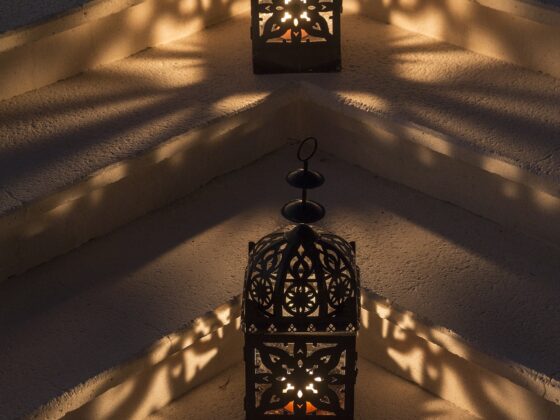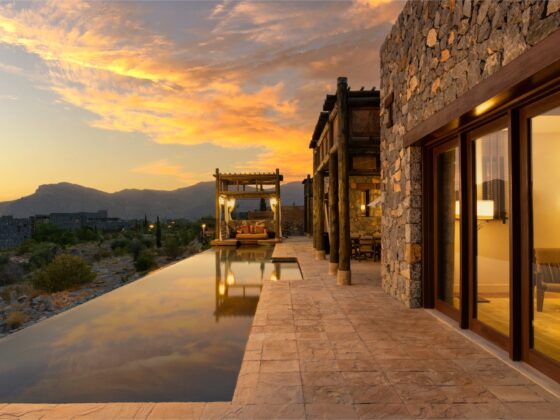by SALIM AL AFIFI
Omanis have always been firmly attached to their vivid heritage, and it is well- manifested in their colourful ensembles that are finessed to perfection and accessorised with hints of traditional elegance, giving them a prominent status in the cultural department.

Part of the gentlemen’s national dress is the kumma, a chic headpiece that embodies the identity of the patriotic Omani, proudly worn as a symbol of pride and individualised sense of style.
Sitting beautifully atop the head, the kumma takes the form of a round-shaped headpiece that’s similar to an upside-down bread basket, folded and sewn into two layers, and adorned with a colourful and unique selection of embroideries and patterns that differentiate it from other Middle Eastern countries, which puts it in a class of its own.
Distinguished for its white background, accurate threads and beautiful drawings, the kumma’s design is inspired by contemporary Islamic art, architectural structures, and various flowers.
These fabric-made crowns carry a great deal of importance to local gentlemen; it’s not just a sophisticated piece that compliments the dishdasha (a long, traditional garment worn by men), it’s also a headpiece that brings the wearer’s personality to life, from an array of colours and designs to the overall styling, which can be flattened, pinched, or swollen.
So how are these items made?
The making of a kumma requires true craftsmanship, mastered from generations of kumma-making experts, who hand-stitched a white cotton material to create a beautiful ornamental cap. It became a fundamental part of an Omani man’s national attire, and until this day, the profession has remained a revered tradition, practiced by Omani women in the interior regions of Oman.
Handmade caps sewn by the locals are expensive, with an average price tag of OMR60, and it may take a month to make just one piece, using an elaborate technique called tanjeem, where the embroiderers stitch the kumma in full and half circles (hence the naming: najm, which translates to star), but they serve a more aesthetic value than the machine-sewn ones, which can be found as cheap as OMR3 in traditional souqs and tailoring shops.
The cloth for making kumma is imported from India, China and other countries. It is first washed and dried before it is cut into various sizes and stitched.
This beloved accessory is marked by comfort and simplicity, an accessory that carries uniqueness and a sense of belonging to the land. The kumma also makes for a wonderful souvenir.




